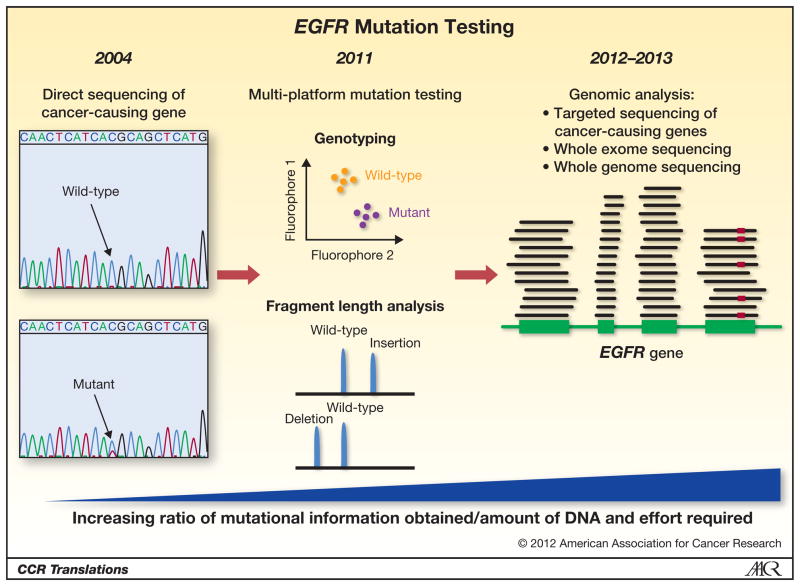Figure 1. The evolution of EGFR mutation testing.
Direct sequencing of EGFR was initially used to detect mutations when they were first identified (left panel). More recently, as sequencing technologies have evolved, genotyping assays are being used to screen for point mutations complemented by fragment length analyses to accurately detect insertion and deletion mutations in EGFR and other genes (middle panel). Within the next 1–2 years these technologies will be replaced by high-throughput sequencing of cancer-related genes including EGFR (right panel), which will allow for the identification of all mutations in the gene using one assay. In the right panel, the EGFR gene is depicted in green. The horizontal lines represent sequencing reads that cover exonic regions of the gene. The red mark indicates the presence of a mutation in a read.

